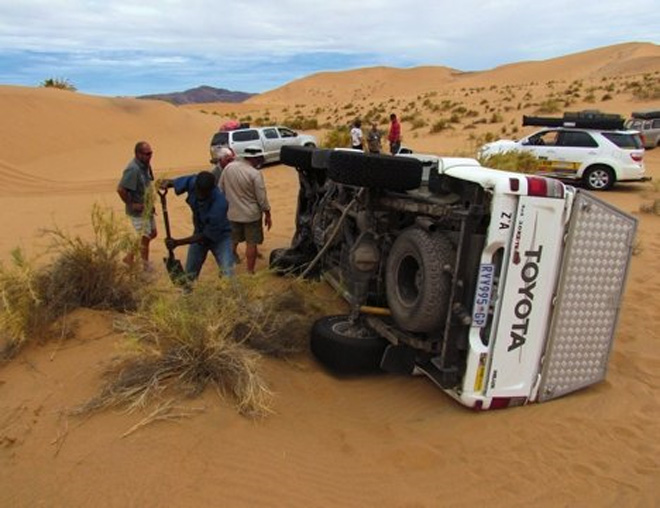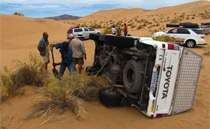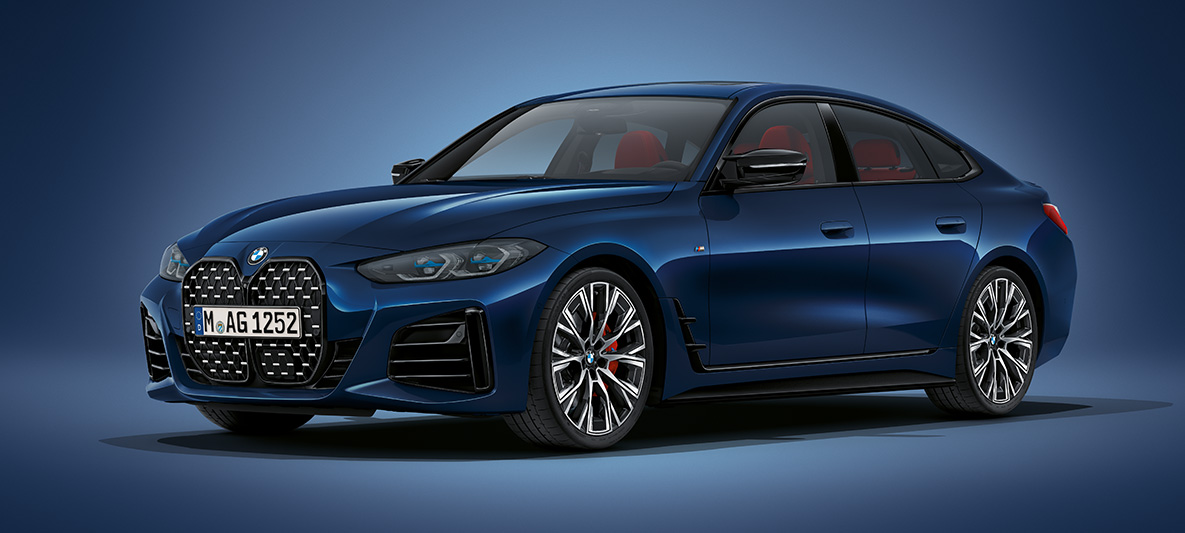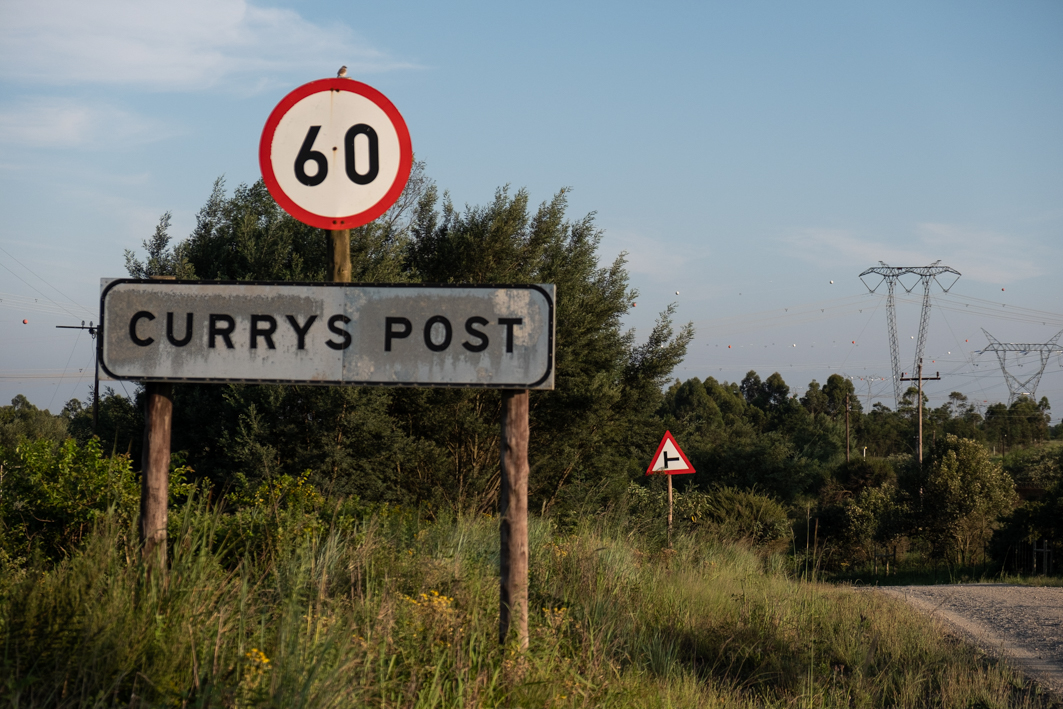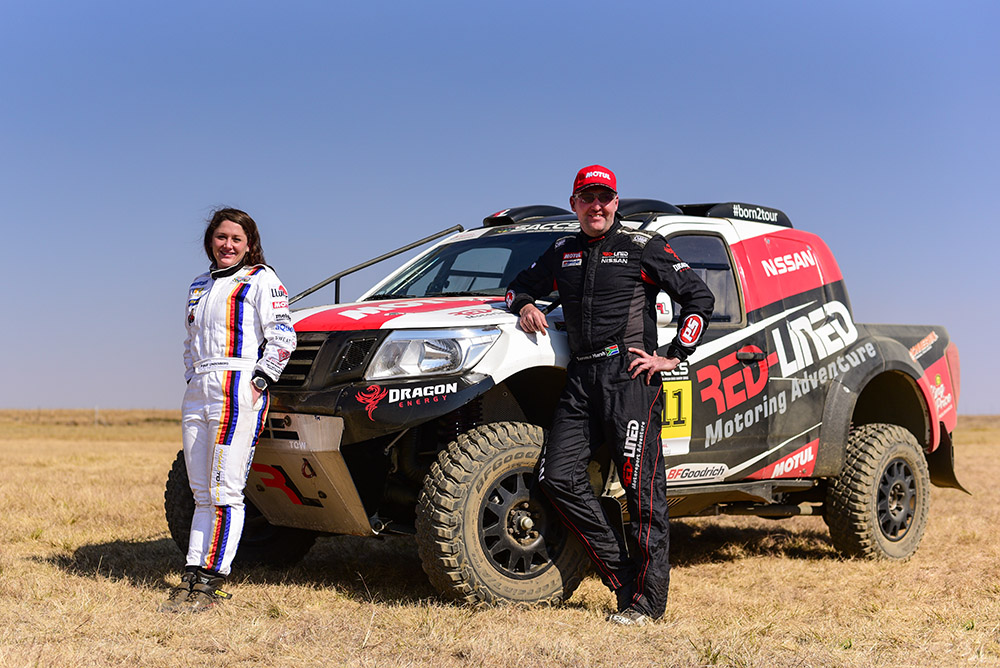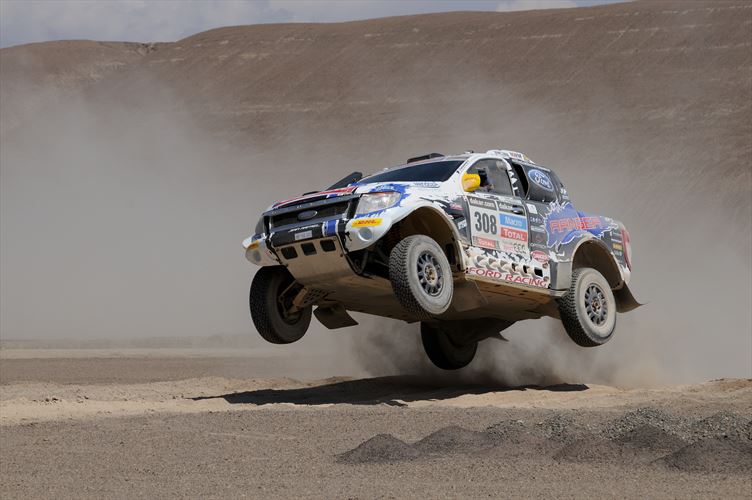With Francois Rossouw
As I’m sure most of you know, I love the Namib Desert. It is undoubtedly one of my favourite off-road destinations. Nothing compares to the thrill of scaling its massive dunes!
But as I have also mentioned countless times, it is a hazardous environment. Specifically, the threat of rolling one’s vehicle is always present.
I was recently part of a group that travelled through the desert from Luderitz to Walvis Bay, and during the trip the dangers inherent in traversing high dunes were once again made startlingly clear.
After spending the majority of the first day on flat sandy roads, we arrived at our first reasonably sized dune. Drivers had to travel down a slipface, and then charge up a steep and sandy slope. A lot of the newcomers (especially those whose tyres were not deflated to below one bar) struggled.
As this was the first technical bit of off-road driving, all the avid photographers in the convoy also pulled out their cameras to document the trials and tribulations of their fellow travellers.
In order to get a decent angle on the action, one of the drivers attempted to reverse up a short hill. What he had failed to notice, however, was that there was a patch of hard desert grass in his path.
Now, I cannot over-emphasise how dangerous these clumps of grass can be. Sand accumulates around the grass and compacts, creating hard mounds that can easily lift a vehicle’s wheels into the air. And that is exactly what happened to this driver’s 4×4.
His Hilux’s left rear wheel struck the mound, lifted into the air, and caused the vehicle to tip over.
Thankfully no one was hurt, but the whole thing gave all the group members a terrible fright. And, of course, we had to get the Hilux back on its wheels to see if it would be able to complete the journey.
Ropes were tied to the two guide vehicles and the 4×4 was flipped onto its wheels without too much hassle. Predictably, there was some body damage, but nothing that would preclude it from completing the trip. Next we had to check the engine. After giving the vehicle a thorough inspection, we turned the key. Nothing happened.
At first, we suspected that oil might have spilt onto the pistons, so we removed the injectors to get to the oil. But this didn’t seem to be the problem.
We tried absolutely everything, but couldn’t get the engine to fire. There was a definite compression issue that we simply couldn’t fix.
It eventually became clear that this vehicle wasn’t going to finish the trip, and calls were made on the satellite phone to arrange for a vehicle to fetch the Hilux and tow it back to Luderitz. The driver of the Hilux, who was understandably upset about his vehicle, didn’t want to finish the trip in another vehicle and decided to accompany his 4×4 to Luderitz.
Luckily he had insurance that covered off-road driving, and the company arranged for the Hilux to be sent from Luderitz to Springbok for inspection.
Repairing the damage to the body, he soon found out, would cost R28 000. Repairing the engine, however, would cost R68 000.
How could this be? How could a rollover cause that much damage to an engine? Well, when the vehicle tipped over, the diesel in the filter remained under pressure and therefore kept the engine running for a while.
The oil in the sump, though, ran away from the oil pump, meaning the engine had no oil pressure. Needless to say, this led to the bearings running dry and seizing – a very costly calamity.
This can happen to both diesel and fuel injected petrol engines (petrol engines with carburettors tend to die the moment they tip over, but they can suffer damage as well). For this reason it is important to switch any vehicle off the moment it rolls. Of course, it’s hard to react quickly in that sort of situation, but acting rapidly can save you a lot of money.
